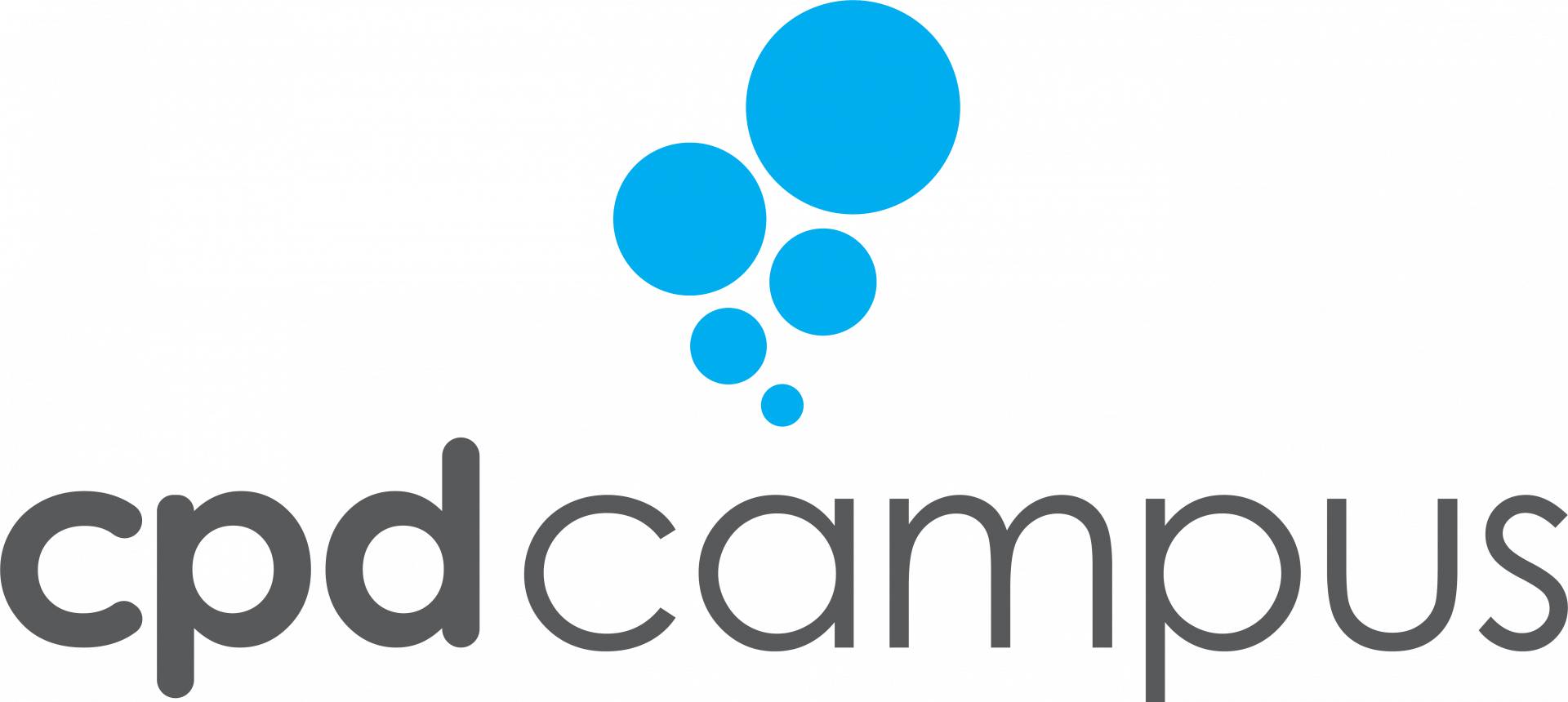A detailed discussion of the principles of
IAS 38 Intangible assets
-
Presenter: Anton van Wyk CA(SA)
-
Level: Advanced
-
Study time: 2 hours 30 minutes
IAS 38 Intangible Assets is a financial reporting standard (forming part of the full IFRS financial reporting framework) dealing with the accounting treatment (i.e., recognition, measurement, presentation, and disclosure) of intangible assets. Intangible assets are becoming even more prevalent at present as entities externally acquire and internally generate resources that do not have physical substance and could hold the potential of future economic benefits for the entity. It is therefore vital that these resources are correctly classified, recognised and measured in the financial statements of an entity, subject to consequential appropriate presentation and disclosure. At present, investments in cryptocurrency are accounted for as intangible assets, and not financial assets. The verdict is still out on whether or not resources such as human capital should be recognised as intangible assets on the statement of financial position, and how such would be reliably measured if they were. Accountants, financial reporting, business, and other professionals need a solid understanding of the underlying principles according to which intangible assets are recognised and measured in terms of the International Financial Reporting Standards (IFRS). In this presentation, a very solid refresher is provided of the most important principles relating to the recognition, measurement, presentation, and disclosure of intangible assets and dealing with consequential ambiguities relating to the topic. By completing this learning activity with CPD Campus, you will be developing the following key competencies and skills:
Main competency grouping: Professional values and attitudes
Sub-competency grouping: Lifelong learning
Specific competency: Inquisitiveness
Main competency grouping: Enabling and future competencies
Sub-competency grouping: Business acumen
Specific competency: Business internal environment
Sub-competency grouping: Decision-making acumen
Specific competency: Critical thinking
Specific competency: Judgement
Specific competency: Problem-solving
Main competency grouping: Technical competencies
Sub-competency grouping: Stewardship of capitals: Business process and risk management
Specific competency: New developments and protocols knowledge
Specific competency: Reporting fundamentals
Sub-competency grouping: Decision-making to increase, decrease or transform capitals
Specific competency: Drawing conclusions
Sub-competency grouping: Reporting on value creation
Specific competency: Providing advice
What's included?
-
1 On-demand short course
-
Slides
-
1 Certificate

